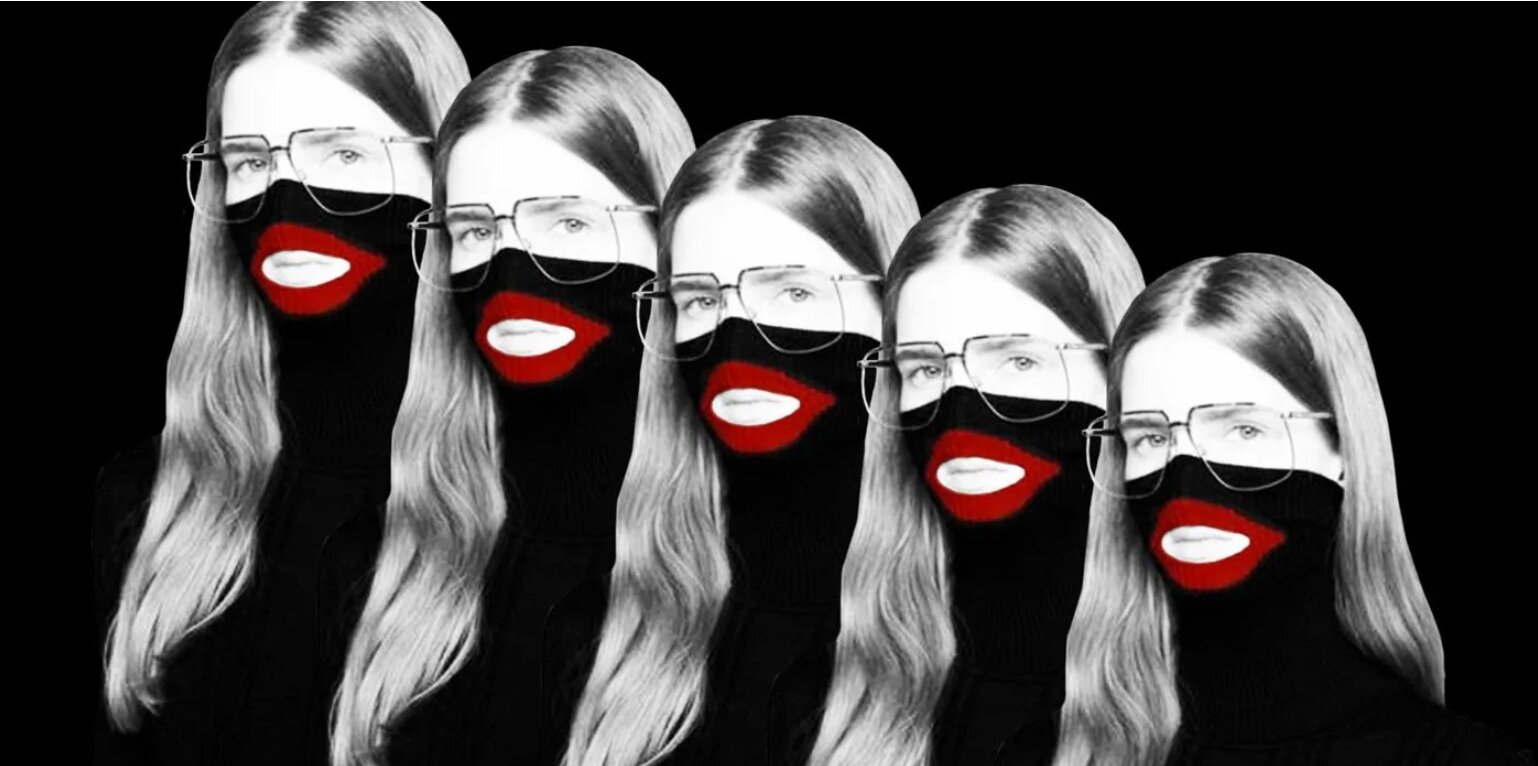Cultural Appropriation in the Modern Era

In today's globalized society, we're exposed to symbols and items from cultures worldwide. Many of these symbols and things could be considered sacred to the culture they belong to and should be treated with respect. Cultural appropriation occurs when a person from another culture (either knowingly or unintentionally) uses one of these symbols or artifacts mockingly or disrespectfully. It is an on-going issue that rears its head in the national discourse every so often.
The severity of the issue can vary significantly, but it's often the high-profile cases that stoke the debate's flames. In 2018 Gucci was criticized for putting turbans on their white runway models. The move was considered disrespectful by many Sikh people who view the turban as a symbol of faith, and not a fashion accessory. Such incidents are becoming increasingly common as designers scramble to develop innovative and provocative fashion trends that integrate fashion elements from other cultures. History has taught us anything; it's that people will often overstep boundaries and exploit different cultures to make a quick buck.
The goal of calling out cultural appropriation isn't to stop cultures from sharing, but to remind others to pay homage to the artistry and ideas of a culture, and to acknowledge their origins. Most cultures would consider it disrespectful for others to adopt their sacred artifacts as accessories. Unfortunately, Victoria's Secret did just that in 2012 when they sent model Karlie Kloss down the runway in a Native American headdress. The Native American community widely criticized the move. The headdress design chosen was considered sacred, and wearing it was a privilege granted to only a few elders in the community. The incident was seen as analogous to wearing a purple heart or a medal of honor without having earned them.
The impact of cultural appropriation goes beyond that of pure disrespect. In many cases, cultural appropriation is used to take aspects of another culture while intentionally excluding people from that culture. Some fashion designers include visual aesthetics of other cultures while intentionally keeping them separate from the people who created them. This has been seen in the work of fashion designers who ask white models to don African American hairstyles, to avoid hiring African American models. One should hope that people take the time to learn about the meaning and importance of different cultural symbols and artifacts, especially in the age of information where learning about other cultures has never been easier. When done respectfully, the sharing of cultures allows people from different cultures to feel accepted and valued. For many people from minority cultures, the ability to have their culture treated with dignity and respect is all they desire. Let's work together to make that happen.







